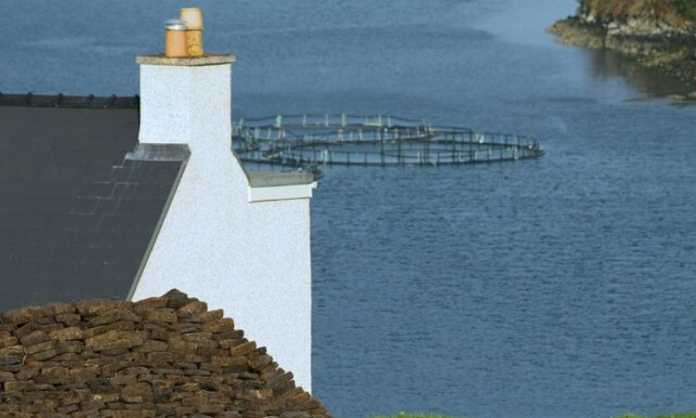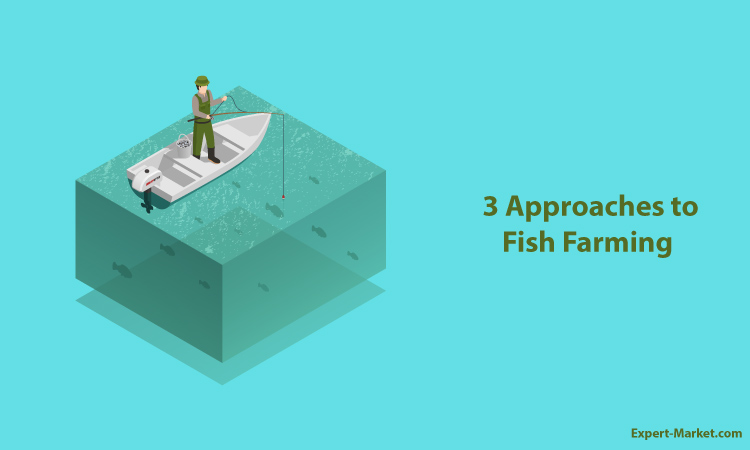Commercial fishing is leaving the oceans devastated. It removes not just target species but also non-target species from the ecosystem, and overfishing can leave populations of desirable fish at dangerously low levels. Fish farming, when done sustainably, offers a much better alternative.
Read on to find out about three approaches to fish farming that can provide for the caloric needs of people without destroying the aquatic ecosystems upon which all living things depend.
Closed Systems
Closed containment farming methods offer a solution to the problems that have historically plagued aquaculture. They create a barrier between the fish farm and the natural environment, reducing pollution, the spread of parasites and disease, negative impacts on wildlife, and fish escapes.
They can be used in both freshwater and marine ecosystems and are perfect for farming fish like salmon that spend part of their lives in freshwater and part of their lives in the ocean. Check out globalsalmoninitiative.org/en to learn more about the unique practice of salmon farming as it pertains to sustainable aquaculture.
Closed systems can be used with either intensive or extensive aquaculture, the difference being that intensive methods involve feeding the fish sustainably sourced feed while extensive methods rely on natural sources of food like algae.
Aeration is key when it comes to maintaining healthy fish populations in both these types of closed systems. Environmentalists tend to tout extensive closed containment aquaculture as a better alternative than intensive farming, but not all fish can be farmed using this method.
Re-Circulation Systems
Recirculation systems are a form of closed containment aquaculture. The farmers keep the fish in contained pens away from the natural environment, then treat the wastewater discharge instead of releasing it to pollute the local soil and groundwater.
Since the fish effluent is treated before release or reused in the same fish farm after treatment, it doesn’t contain parasites and diseases that could be spread to wild fish populations.
The second benefit of re-circulation systems is that they make fish escapes almost impossible. The facilities are designed with built-in barriers to prevent the farmed fish from getting out into the ecosystem, which could negatively impact their wild neighbors or other wildlife by introducing parasites and diseases.
Suspension Systems
Suspended aquaculture is used primarily in shellfish farming. Farmers who employ this method suspend oysters, scallops, mussels, or clams in saltwater on ropes or in mesh bags. Since the species farmed using this method are all filter feeders, they need clean water to survive.
This makes suspension systems almost inherently low-risk and sustainable provided the farmed shellfish are native to the area.
If they want to obtain a heavy yield, suspension fish farmers must provide sufficient water flow to prevent their waste from accumulating and becoming a hazard. Farming native species using this method is also far more common since native species are better adapted to the climate.
The Bottom Line
When fish farms are designed and maintained with sustainability in mind, they offer a fantastic alternative to commercial fishing that can provide protein and other nutrients for a huge number of people without depleting or polluting natural resources.
When it comes to sustainability, responsibility, transparency, collaboration, and innovation are key. Thanks to organizations like the ASC and GSI, today’s fish farmers have far more help than their predecessors developing and maintaining sustainable systems.

































